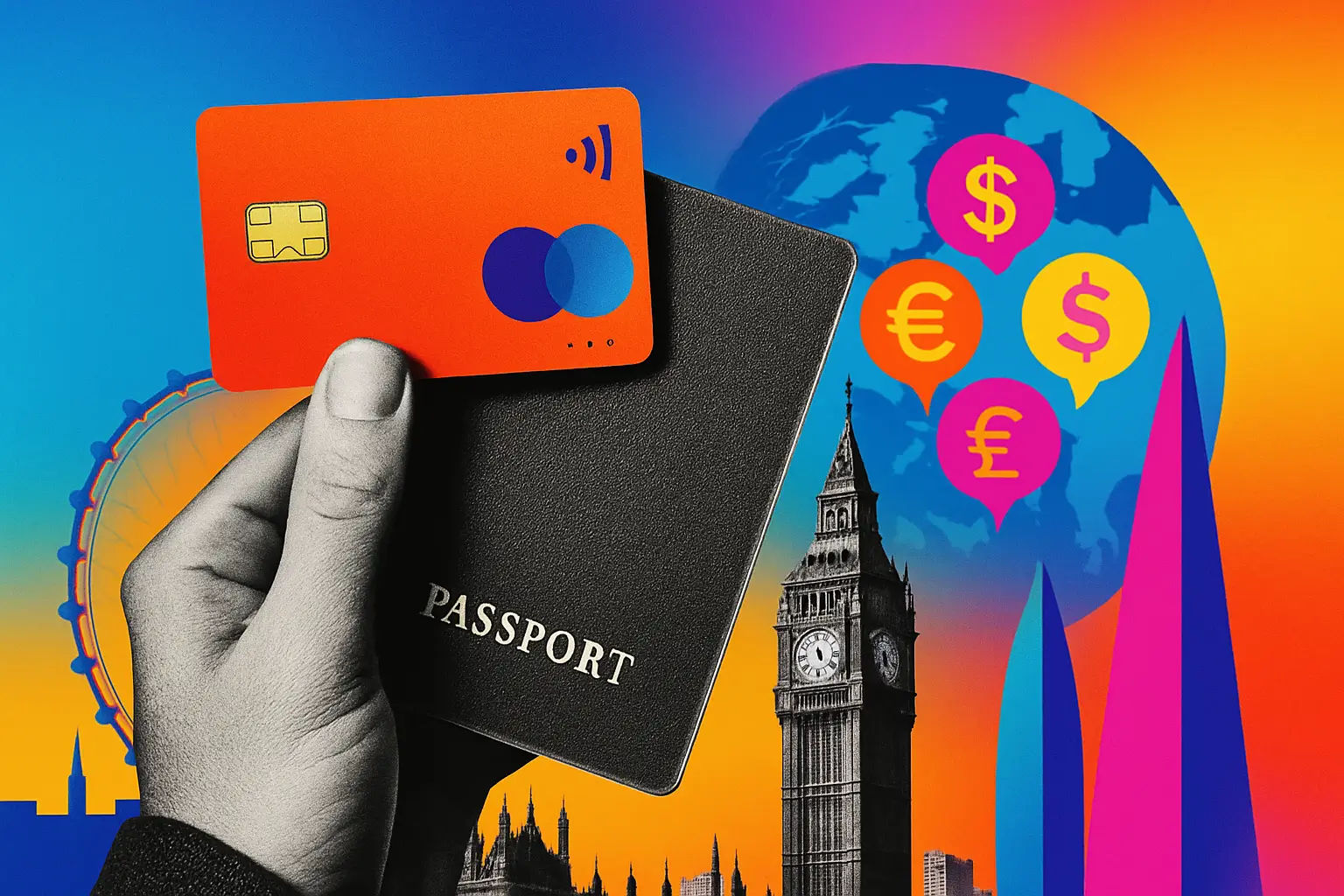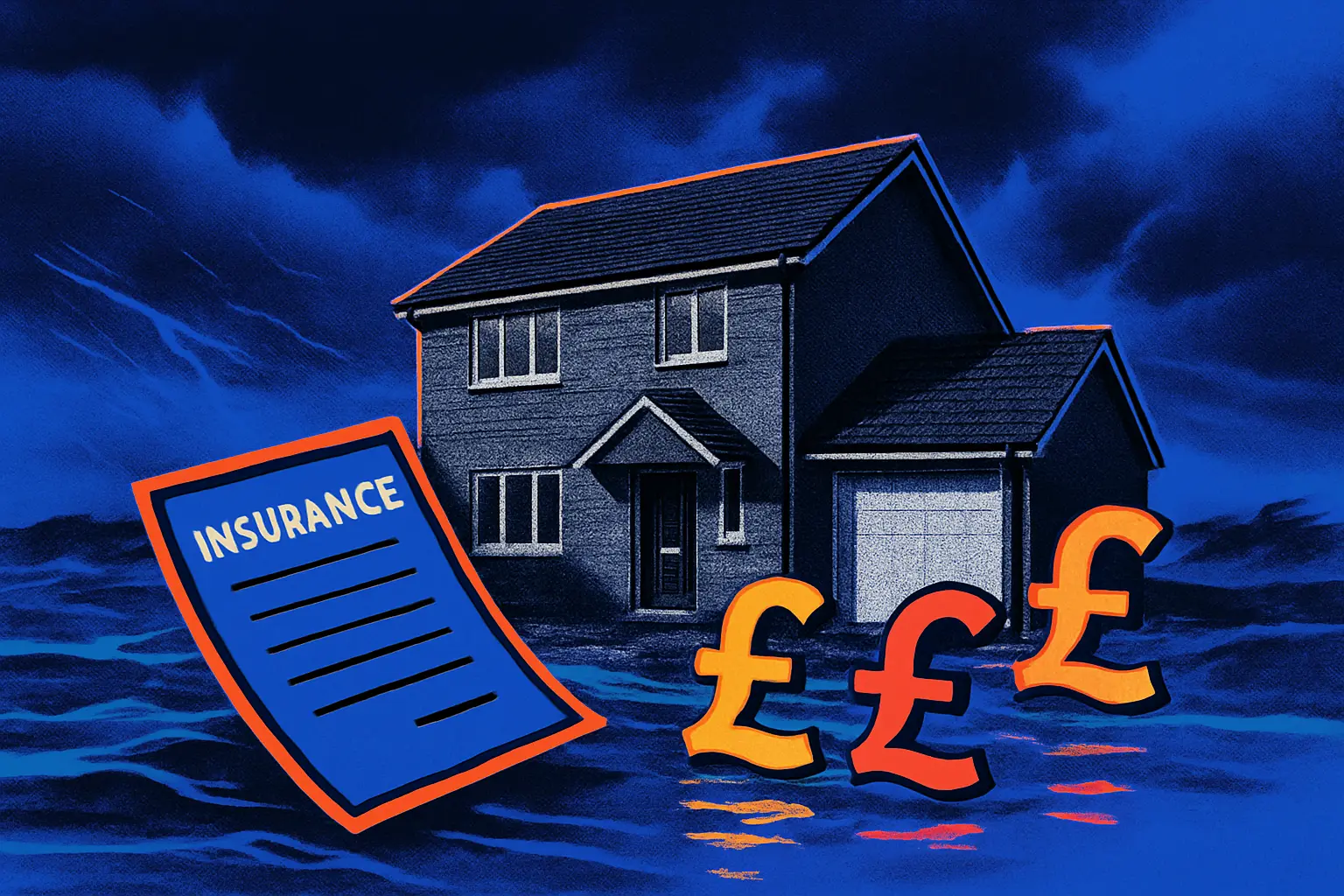Documents you need for Prepaid travel cards FX products (UK)
The essential UK document checklist for prepaid travel cards, plus eligibility, fees, protections and step-by-step guidance to get set up securely before you fly.
Documents you need for Prepaid travel cards FX products (UK)
A quick brief before you buy
Prepaid travel cards are convenient for budgeting abroad, but applying is not the same as picking up a gift card. UK providers follow strict KYC and anti-money laundering rules, so you will be asked for specific documents and checks. Prepare them in advance to avoid delays at the counter or online.
Who benefits from this guide
If you are a UK resident planning a trip and want to lock in rates, control spending, or avoid credit checks, this guide is for you. It also helps parents, students and travellers with thin or poor credit who want a secure, app-managed way to pay overseas.
Key terms you will see
- Proof of identity - A valid UK driving licence or passport used to confirm who you are.
- Proof of address - A recent utility bill or bank statement showing your UK residential address.
- KYC - Know Your Customer checks required under UK regulations to deter fraud and financial crime.
- Residency status - Most providers require you to be a UK resident and at least 18 years old.
- Top-up - Adding money from a UK bank account or card into your prepaid card balance.
- Load limits - Maximum amounts you can hold or add, which vary by provider.
- FX currencies - The foreign currencies you can hold on the card, often multiple at once.
- Chargeback - A scheme via Visa or Mastercard that can help recover funds when things go wrong, but it is not the same as Section 75.
Understanding these terms removes surprises at application and at checkout abroad.
What documents you actually need
Most UK issuers align with guidance reflected by providers such as the Post Office, Hays Travel and MoneySavingExpert’s advice:
- Identity - Valid passport or photocard driving licence.
- Residency - You must be a UK resident and typically 18 or over.
- Address - Proof of address, often a utility bill or bank statement dated within the last 3 months.
- Activation - Welcome letter or email instructions to set PIN and enable contactless.
- Digital access - App or portal login credentials, with two-factor authentication for security.
Acceptable proofs at a glance
| Requirement | Typical documents accepted | Notes |
|---|---|---|
| Identity | Passport, UK photocard driving licence | Originals may be required in-branch |
| Address | Utility bill, bank statement, council tax letter | Usually dated within 3 months |
| Age | Passport or driving licence | Minimum 18 for most issuers |
| Residency | UK address documents, electoral roll | Non-residents usually not eligible |
Choosing between card options
UK prepaid travel cards differ by fees, supported currencies, top-up methods and app features. Many allow multiple wallets, helpful for multi-stop trips. Some issuers, such as Sainsbury’s Bank, publish explicit limits like a £5,000 maximum balance and an annual load cap around £30,000. Others may set different ceilings, ATM limits or daily top-up caps. If you prefer digital convenience, prioritise providers with robust apps, instant freezing, and Apple Pay or Google Pay compatibility.
Cards are not one-size-fits-all. If you will mainly withdraw cash, look for lower ATM fees. If you are tapping in cafes and transport, seek low point-of-sale FX fees and strong contactless support. For budgeting, granular spend alerts and category tracking in-app can help. Finally, consider customer support hours in UK time and whether in-branch service is available if you want face-to-face verification.
Fees and features comparator
| Feature | Typical range | Where to check |
|---|---|---|
| ATM withdrawal fee | £1.50 - £3.00 or % of amount | Fees page or T&Cs |
| Inactivity fee | £2 - £5 per month after inactivity | T&Cs fee schedule |
| FX mark-up | 0% - 3% on unsupported currencies | Currency list and pricing |
| Top-up fee | 0% - 2% depending on method | Top-up section in app/site |
| Max balance | Around £5,000, varies by issuer | Product summary box |
Cost, risks and what it means for you
- No FSCS cover - Prepaid card balances are not protected by the Financial Services Compensation Scheme. Issuers typically safeguard funds in ring-fenced accounts, which helps if the issuer fails but not if the safeguarding bank fails.
- No Section 75 - Purchases do not get Section 75 protection available on credit cards for items over £100. You may still use Visa or Mastercard chargeback, but outcomes are not guaranteed.
- Fees vary widely - Inactivity, ATM, and FX mark-up fees can erode value. Always read the tariff and avoid storing large idle balances.
- Opportunity cost - Locking cash on a card may mean missing interest in a savings account. Keep on-card balances to what you plan to spend.
Keep only what you intend to spend on the trip to manage risk.
Who is eligible in the UK
- Age - Generally 18 or over, consistent with providers such as the Post Office and Hays Travel.
- Residency - UK residents only. Non-UK residents are usually declined.
- Credit checks - Not required. Prepaid cards are accessible even with thin or poor credit files, provided you pass identity and address verification.
- Documents - Be prepared with a valid passport or UK driving licence, plus a recent proof of address like a utility bill or bank statement.
These requirements exist to satisfy UK KYC and anti-money laundering rules and reduce fraud risk. Having the correct documents ready typically speeds up approval.
From application to first tap - step by step
- Choose a provider and check fees and limits.
- Prepare ID and recent UK proof of address.
- Apply online or in-branch and submit documents.
- Verify identity with provider’s checks or in-app selfie.
- Receive card and activation instructions by post or email.
- Activate card, set PIN, enable contactless in-app.
- Top up via bank transfer or debit card.
- Add to Apple Pay or Google Pay if supported.
Pros, cons and key considerations
Pros:
- No credit checks - inclusive access for most UK residents.
- Budget control - load only what you plan to spend.
- Security - chip and PIN, contactless, freeze in-app, digital wallets.
- Multi-currency - useful for multi-country itineraries.
Cons:
- No FSCS and no Section 75 protections.
- Fees can bite if you withdraw cash often or stay inactive.
- Top-up and balance limits may constrain big trips.
- Large purchases may be safer on a credit card.
Red flags before you commit
- Fee traps - Review ATM, inactivity, replacement card and FX mark-up charges carefully.
- Proof of address format - Screenshots may be rejected. Use official PDFs or paper statements with your full name and address.
- Name mismatches - Ensure your application name matches your ID exactly.
- Unsupported currencies - Spending outside supported wallets may incur extra conversion costs.
- Overfunding - Avoid storing large sums given the lack of FSCS protection.
If this is not the right fit
- Credit card for major buys - Stronger protection via Section 75 for purchases over £100, if repaid in full to avoid interest.
- Debit card from your bank - Simple, but check foreign usage fees and exchange rates.
- Cash for small spends - Handy where cards are not accepted, but keep amounts minimal for security.
- Travel-friendly current accounts - Some UK fintechs offer low-fee FX with standard debit cards.
Frequently asked questions
Q: Do I need a credit check to get a prepaid travel card? A: No. UK issuers typically do not run credit checks. You will still need to pass identity and address verification.
Q: What documents will I be asked for? A: A valid passport or UK photocard driving licence, plus recent proof of address such as a utility bill or bank statement.
Q: Is my money protected like in a bank account? A: Not by FSCS. Funds are usually safeguarded in ring-fenced accounts, which protects if the issuer fails, but not if the safeguarding bank fails.
Q: Can under-18s get a prepaid travel card? A: Generally no. Most UK providers require applicants to be 18 or over.
Q: How do I activate the card? A: Follow the welcome letter or email. Activation is commonly via app, website or phone. Then set your PIN and enable contactless.
Q: What are typical limits? A: Limits vary. As an example, some cards cap balances around £5,000 and annual loads at about £30,000. Check your provider’s summary box.
What to do next
- Gather your passport or UK driving licence and a recent proof of address.
- Compare at least three providers on fees, currencies, and app features.
- Apply 7-10 days before travel to allow time for delivery and activation.
- Load only the amount you plan to spend and enable spend alerts.
Ready to compare? Switcha can help you shortlist cards that suit your trip and fee preferences.
Important information
This guide is for general information only and is not financial advice. Providers change fees, limits and eligibility criteria. Always read the latest terms and conditions and product summary before applying and travelling.
Get smarter with your money
Join thousands of people in the UK who are taking control of their financial future

FAQs
Common questions about managing your personal finances
Begin by tracking every expense for one month. Use an app or spreadsheet. No judgment. Just observe your spending patterns.
Cancel unused subscriptions. Cook at home. Compare utility providers. Small changes add up quickly.
Aim for 20% of your income. Start smaller if needed. Consistency matters more than the amount.
Choose reputable apps with strong security. Read reviews. Check privacy policies. Protect your financial data.
Pay bills on time. Keep credit card balances low. Check your credit report annually. Be patient.
Still have questions?
Our team is ready to help you navigate your financial journey
More financial insights
Explore our latest articles on personal finance and money management




